
Stefanie Hessler har vært fem dager i jobben som direktør for Kunsthall Trondheim, hvor hun tok over etter Helena Holmberg som ledet Kunsthallen fra åpningen i 2013 fram til mars i år.
Hessler hadde Stockholm som tilholdssted i mange år, og drev prosjektrommet Andquestionmark sammen med Carsten Höller fra 2013. Hun var redaktør for den omfattende utstillingskatalogen for Life Itself på Moderna Museet, kuratert av Höller, Daniel Birnbaum og Jo Widoff. Hessler var en av fire kuratorer for Momentum 8 i 2015, og i 2018 var hun medkurator for den 6. Athen-biennalen og 33. São Paulo-biennalen.
Både som gjesteprofessor ved Kungliga Konsthögskolan i Stockholm og som kurator har Hessler vært spesielt opptatt av filosofisk og vitenskapelig forskning, og hun bruker gjerne kunsten som en linse for å sette kunnskap fra andre fagfelt i perspektiv. Hessler kommer fra jobben som kurator for TBA21–Academy, hvor hun siden 2016 har hatt mulighet til å samarbeide med blant annet havforskere. Den nye boken hennes Prospecting Ocean, som snart utgis på MIT press, bygger på den italienske fotografen og filmskaperen Armin Linkes dokumentasjon av de sosiale og økologiske kostnadene havindustrien fører med seg.
Vi møter Stefanie Hessler ved hennes nye og fremdeles ryddige direktørpult i Trondheim, idet hun gjør seg klart til å reise til Madrid hvor hun har kuratert utstillingen More-than-humans med Dominique Gonzalez-Foerster og Tomás Saraceno på Thyssen-Bornemisza Museo Nacional, som åpnet 25. september.
Intervjuet gjengis på engelsk.
In Norway, mostremember you as one of the curators of the Momentum Biennial in 2015. That is only one instance of a prolific career as an international curator that includes high profile exhibitions and projects in Stockholm, Sao Paulo, Athens, and Venice – and tomorrow you’re off to Madrid. This might be a question about curatorial practice in general, but what can one person possibly bring to all these different places?
I am very curious and I have never been content to be defined by categories such as nationality. This is why I started travelling, learning languages, seeing art, meeting artists and talking to them about life and ideas. My international career has allowed me to work with artists in many different contexts. I have worked with a lot of these artists in different geographies – for example Sissel Tolaas, who participated in Momentum in Moss in 2015. I worked with her again two years later, in 2017, for the exhibition Tidalectics in Vienna, which then traveled to France and Croatia. This continuity is important to me. There are certain ways of thinking and ongoing questions that develop in dialogue with artists over time.
Do you feel like you have been following the artists from place to place, or is it the other way around?
I feel it’s both. Sometimes an artist or a project only makes sense in a specific place. For example, in 2017 I curated an exhibition in Recife in the north-east of Brazil. This is a part of the country that didn’t vote for Bolsonaro – a working class region where slavery also had the biggest impact. I was invited to propose a show at the Museum of Modern Art there. The exhibition I conceived was titled Sugar and Speed, and it was an economic critique of both the capitalisation of metabolisms and exploitative labor relations. The show included works from the collection of the museum that focus on time, in the photographs by Rivane Neuenschwander, and sugarcane, in the engravings by Gilvan Samico, and it also featured some artists I had worked with previously, for instance Paulo Bruscky and Lisa Tan.

I was thinking that your international practice would be a contrast to now being based in Trondheim and directing a local institution.
I am super excited for the opportunity to really care for an institution, to develop it, and to be involved in the local art scene in Trondheim. I like this city because it has an old center and a lot of history, but at the same time it feels like a city of the future. I also think my predecessor Helena Holmberg built something amazing here. The whole infrastructure is in place and the team is fantastic. It’s really a well-oiled machine.
Going even further back, you got your start in Stockholm with Andquestionmark.
I worked as Carsten Höller’s studio director for about a year before we started Andquestionmark. It was a lot of fun. We did it for four years, from 2013–2017, and it was a mini-institution, but run in a way that was very adaptable.
Part of the concept of the space was that the works were incomplete unless you were there to see, hear, or smell them – we called them “unsaturated.” The idea was to get away from a fixed final object towards something more like an open situation. The exhibited work could also be an object; it did not have to be participatory in any way, but it would need to be in a sense incomplete. For example, Christine Sun Kim created a new work with ultra-low frequencies that created a vibrational third space for bodies that can hear and bodies that can’t. It’s hard to describe, you had to be there!
Did you bring any of those experiences with you as you began showing more established artists at bigger institutions?
In all of my projects, I conceive of various ways of entering an exhibition, so that there is more than just the cognitive intellectual layer. Even in very research-based shows. I place strong emphasis on artworks that also speak to other senses rather than only the visual. Western modernity has prioritised the visual, which has also served as legitimation to subjugate those who were considered non-modern people. Intersectional feminist and queer activism and theory place emphasis on embodied knowledge, and to me this multiplicity of forms of knowledge and perception is important – and that applies to both smaller-scale and larger projects.

For the past three years you have been a curator at TBA21–Academy, based in London, which to me is quite a mysterious entity. What is it and how did you get involved?
Patron-collector Francesca Thyssen-Bornemisza established the foundation Thyssen-Bornemisza Art Contemporary (TBA21) in 2002. In 2011, she decided that in addition to a collection of commissions and large-scale projects, the foundation would also engage social and political questions. These have mainly focused on the oceans.
TBA21–Academy, where I was curator, is the art-science-ecology branch of the foundation which, among other projects, has brought artists and scientists together on journeys by boat to different places in the world.
I invited a group of artists including Alexander Lee and Eduardo Navarro on a voyage in the South Pacific to prepare an exhibition titled Tidalectics that asked what our world views would be like if they didn’t come from land, with borders and fixed categories, but from the movement and fluidity of the sea. I borrowed the term from Kamau Braithwaite, a poet-historian from Barbados, based in New York, who writes from a perspective of the Caribbean diaspora. He describes what the movement of waves feels and sounds like in a performative way, which sparked the idea for this exhibition.
And the recent Joan Jonas project in Venice, Moving off the Land II, is also part of TBA21?
It’s still going on, actually. It started with a performance Joan conceived for TBA21–Academy’s Convening #2 that Ute Meta Bauer and I co-curated in Kochi, India in 2016. Last year, we showed it again in a more elaborate form at the Tate Modern Turbine Hall in London. The foundation commissioned Joan to develop an exhibition based on the performance in their new Ocean Space in Venice, which I curated. She worked closely with David Gruber, a marine biologist who focuses on fish perception and bioluminescence. Joan is very good at surrounding herself with people from different walks of life and different generations, and you can feel that in both her way of working and in the work itself. In the way she brings people and materials together to create situations that go way beyond the works on view, she is definitely a role model to me. She’s incredible!
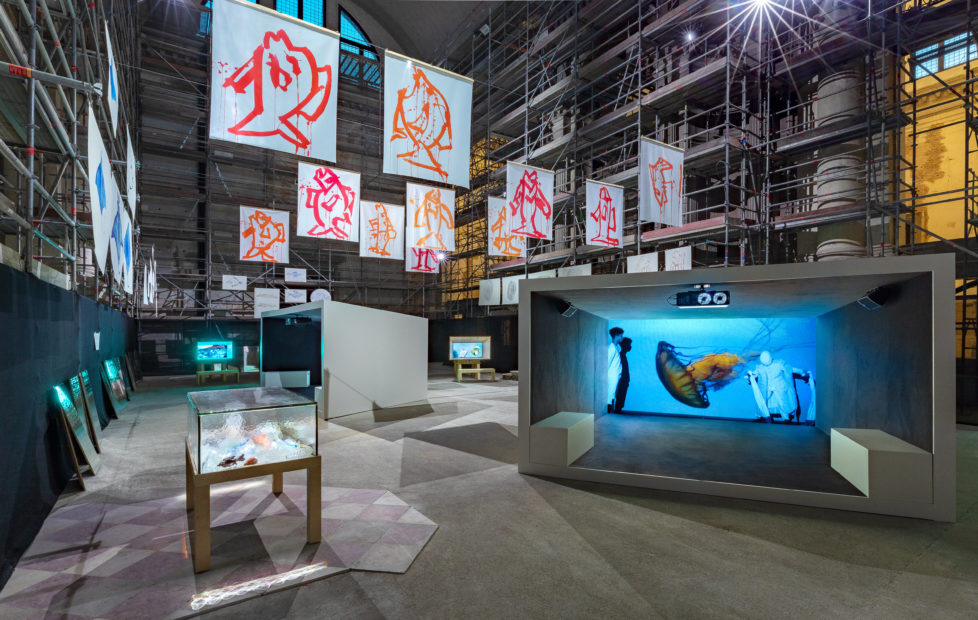
For the past few years Kunsthall Trondheim has showed an ecological awareness through its programme. This seems like an obvious direction to move in. Do you have any immediate ambitions you would like to share?
I’m certainly very interested in talking to NTNU (Norwegian University of Science and Technology) for one, but also the St. Olav hospital, SINTEF [Foundation for Industrial and Technical Research], and the startup scene. I said earlier that Trondheim feels like a city of the future. It seems very progress-oriented, which is exciting, but we need to carefully analyse and question what progress means. If it merely means keeping the capitalist machine running, we will not find ways to tackle huge current problems such as the climate crisis or the rise of nationalism. I think that Kunsthall Trondheim can play a role in introducing perspectives that are not as affirmative – artists’ perspectives.
Last November I visited CERN in Geneva. I asked if there were any philosophers working there, because there are so many ‘discoveries’ that completely undo previous categorisations of, for example, life and non-life. I think it’s important that the humanities, post-humanities and the arts are part of these discussions, because the paradigm of facts and science – while very important – can’t be the only realm of knowledge through which we negotiate our place in the world.
The book you edited for the exhibition Life Itself at Moderna Museet in 2016 features writing that goes back a hundred years to a time of scientific breakthroughs that turned out to be politically disastrous. In retrospect, the scientific and political revolutions seem deeply connected, but in a way that probably wasn’t obvious at the time.
In 2018, I curated an exhibition with Armin Linke titled Prospecting Ocean for TBA21–Academy in the former laboratories of the Institute of Marine Sciences in Venice. It was about extraction in the ocean, mainly the deep sea, and the mineral and rare earth industry. Linke looks at how science, industry, and legal systems are deeply entangled, historically and today. The research focused in particular on deep-sea mining endeavours threatening livelihoods and ecologies in the Pacific and on a planetary scale, and documented fierce protest movements in, among other places, Papua New Guinea.

The common denominator is capital, with which the art world is also complicit. There’s a shared world of wealth and extraction, but no shared stage to debate this. Which is maybe how philosophers would come into CERN, and maybe also technologists into the kunsthall?
We absolutely need to discuss these complicities in the art world as well. It’s important to me that as we do so, the focus still lies on art. Through a focus on art, we can bring in other disciplines. At Kunsthall Trondheim, I plan to establish a residency to invite artists here to develop projects and to integrate them in the city. Such a format brings artists into contact with people who work in technology or engineering in order to have critical dialogues that are crucial for both sides. This also requires time and openness from both sides. I’m very excited about this interdisciplinary way of collaborating, even if I know it doesn’t always work – but that’s fine, it is an experiment.
Concerns such as the onto-epistemologies of science, to borrow Karen Barad’s term, which I voiced at CERN, also grow out of the city of Trondheim, since science and technology play such an important role here. Questions about what is important to people is something we want to work with at the kunsthall. That said, art is not a propaganda machine or advertisement – or brain-washing, blue-washing, green-washing, whatever you want to call it. That is why I say that art has to be the focus and that there must be no instrumentalisation of art.
As we speak, you have been five days on the job. When can we expect your mark on the programme?
My programme starts in early March next year. I also inherited two exhibitions that will take place in the summer. While it is still secret, I just had an excellent conversation with the artist who will do the first show. I’m excited to think about the future of Kunsthall Trondheim. Collaborations, both in Norway and internationally, will be a large aspect, but also publications, and the residency programme.
Settling down in one place feels like it might run counter to the expectations of the international art world. Have you asked yourself: For whom am I really doing this?
I love the art world, still, because ideas emerge and sometimes offer glimpses of how things may be different. But we have to unlearn a lot of structures. I have friends who are ten years younger than me, and I really admire their outlook on the world. They grew up much more conscious of the climate disaster and they are much more active politically than many older generations. I was born two years before the Berlin Wall fell, when there was still a belief in progress in Europe. That has shifted. It was always a lie, a very Western and Eurocentric lie, but now it doesn’t even hold here anymore. That is a good thing because it urges us to rethink our ways of being and doing, but it is also terrifying to a lot of people. In the Global North, we have to learn how to do things very differently.

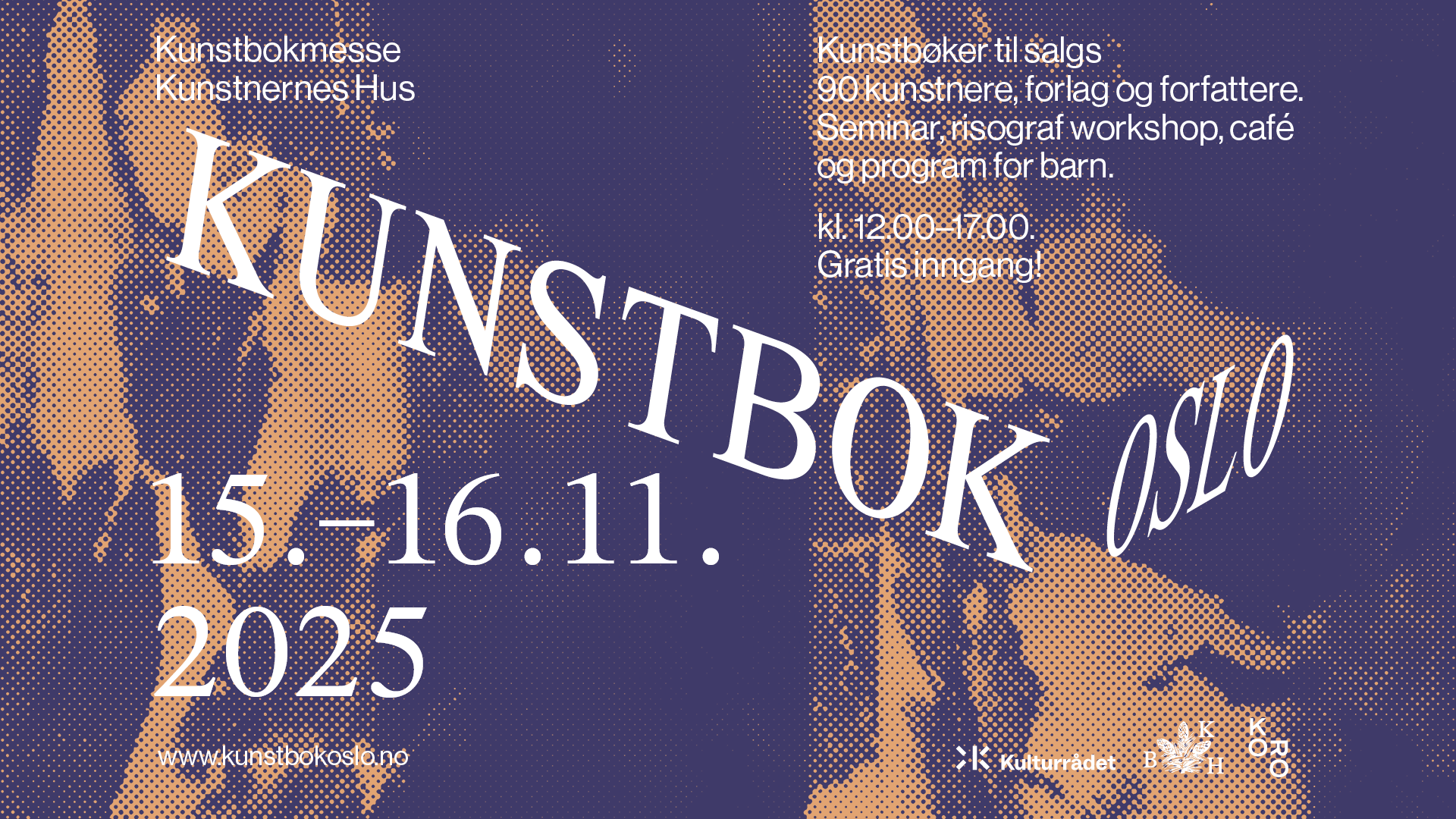
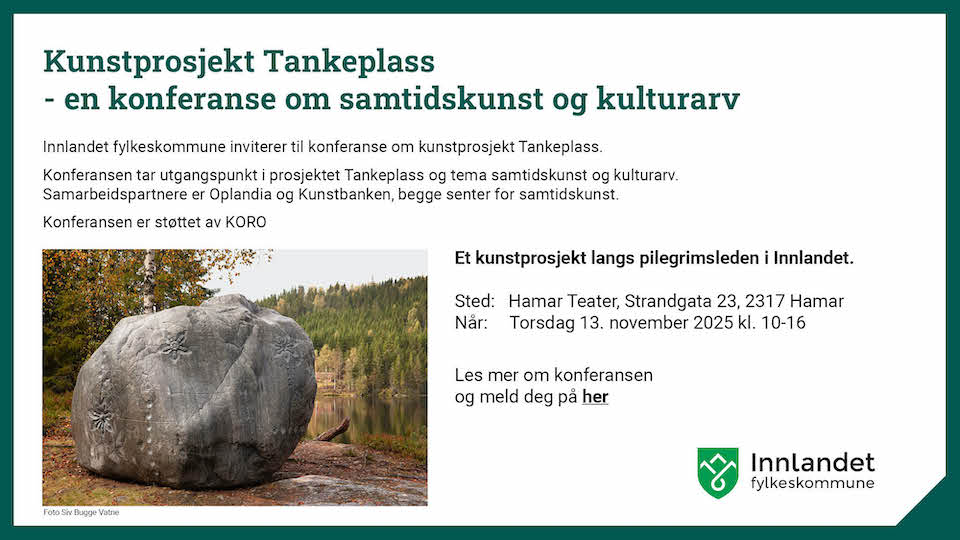
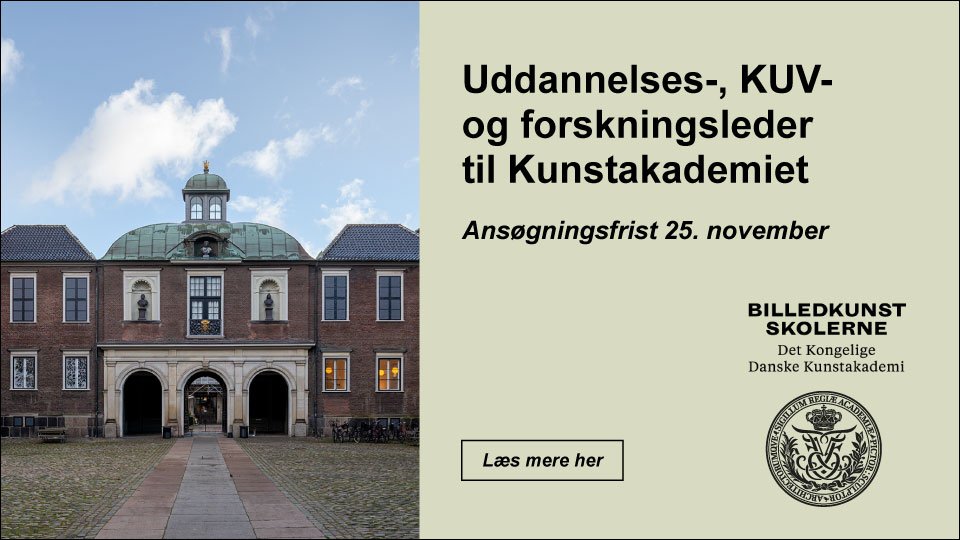
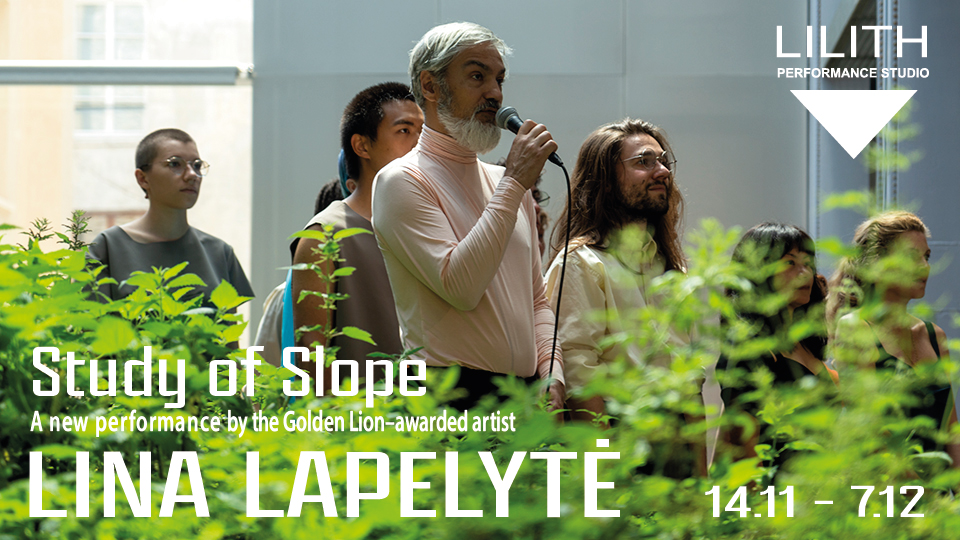
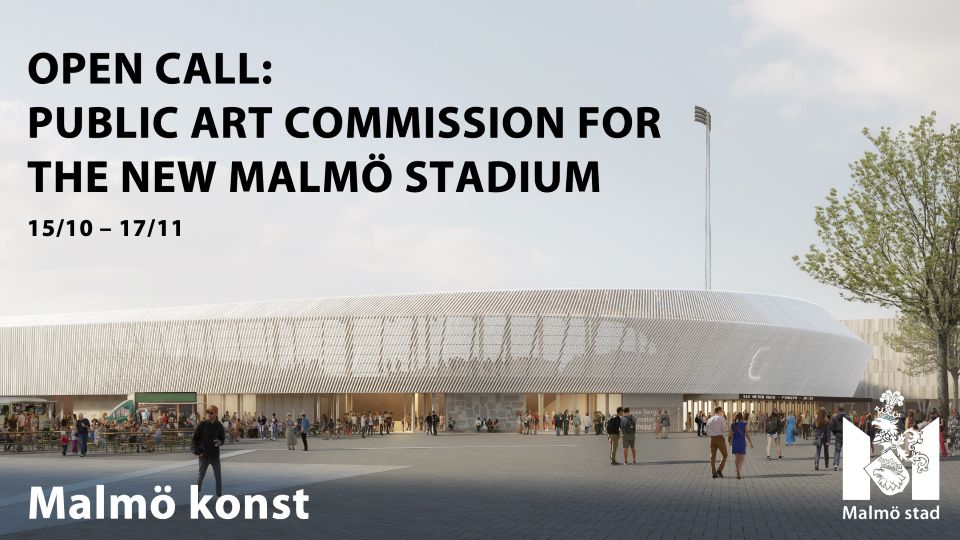
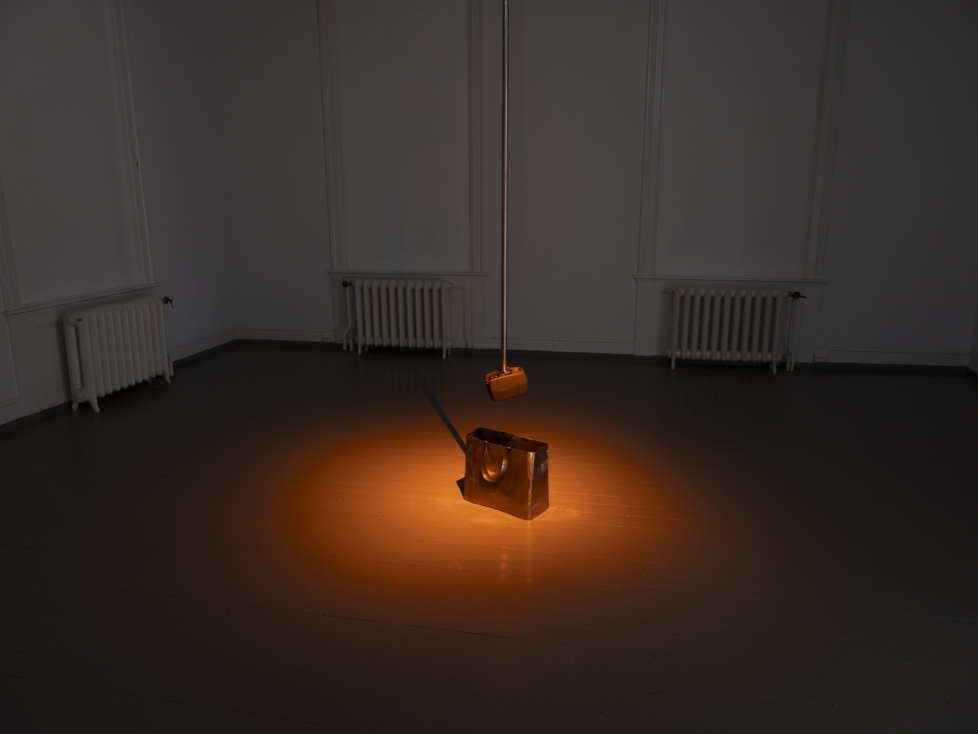
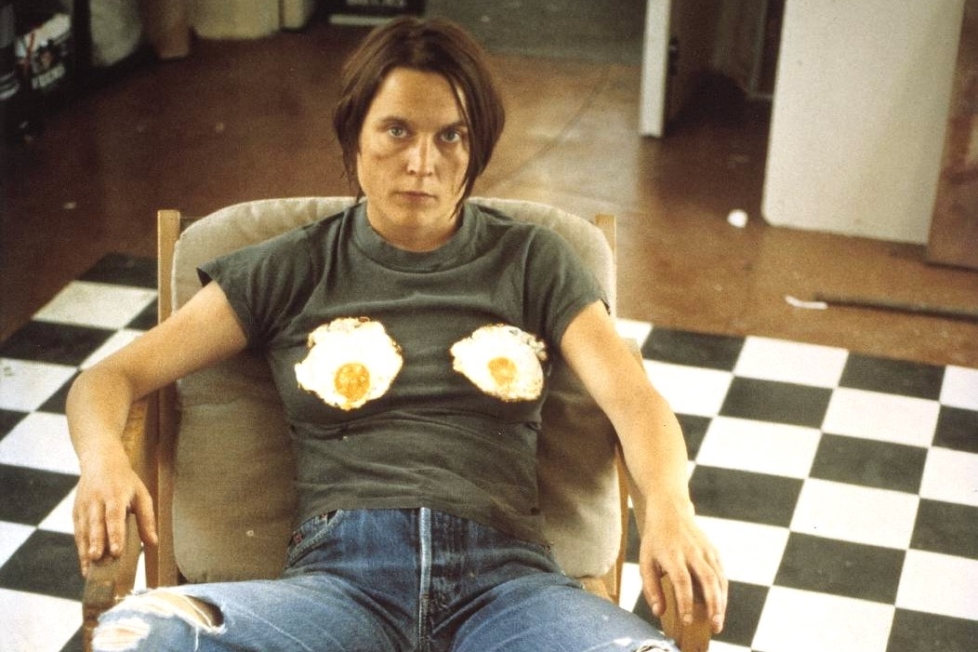
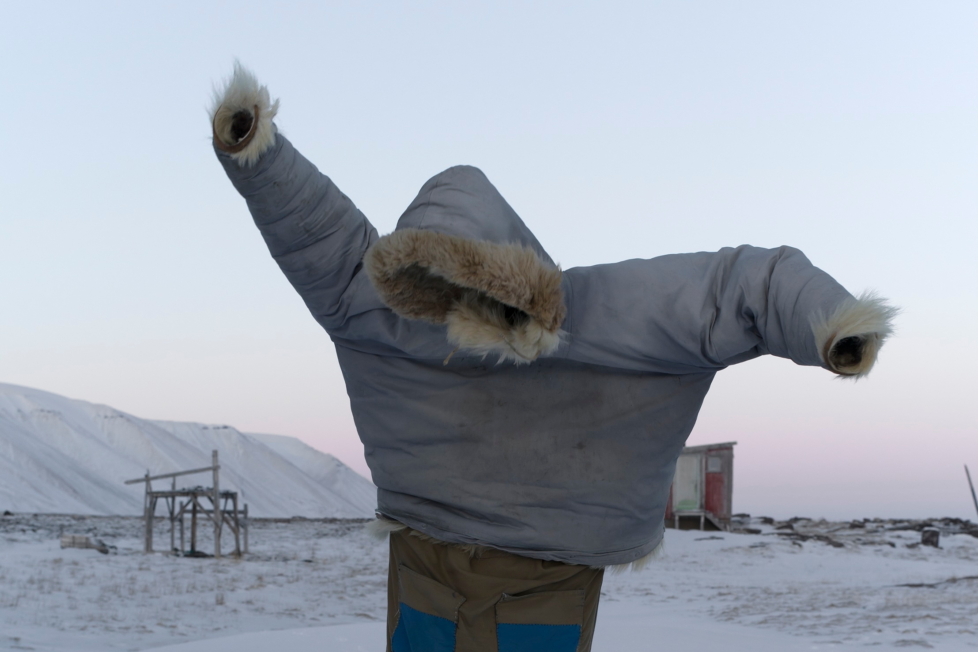
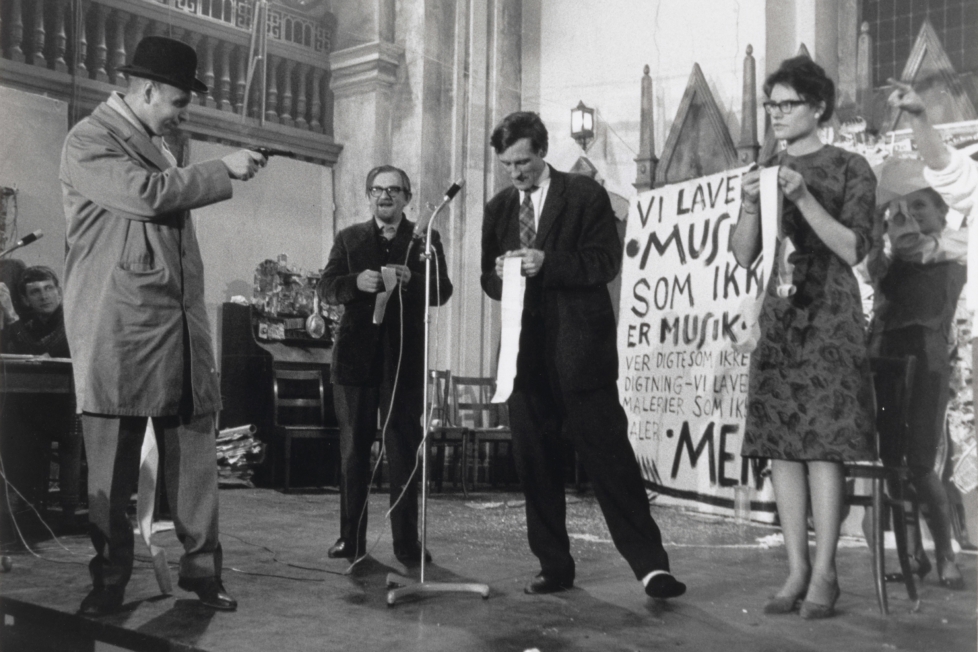
Leserinnlegg